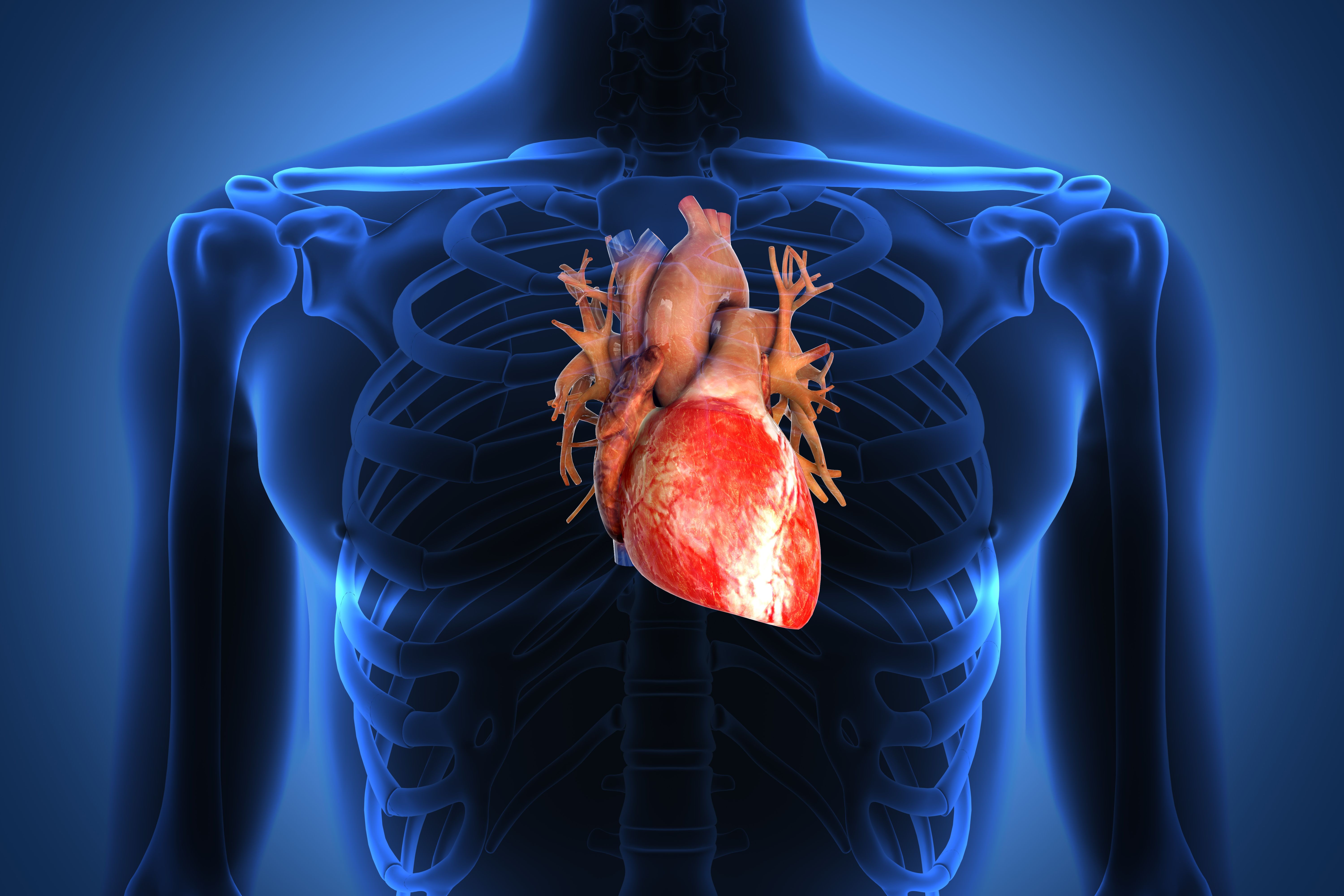
(Vienna, 17 April 2018) Pulseless electrical activity (PEA) is a form of cardiac arrest, whereby, despite the ECG showing an organised heart rhythm, there is no cardiac output. Researchers at MedUni Vienna's Department of Emergency Medicine have now shown for the first time via a retrospective study of a large collective of data from more than 500 patients that the heart rate measurable by ECG can be used to predict survival in the case of PEA.
"Where the heart rate was more than 60 bpm, subsequent survival was 22% and hence very similar to the predicted survival of ventricular fibrillation patients (note: 30%)," explain study authors Christoph Weiser and Alexander Spiel from the Department of Emergency Medicine of MedUni Vienna. "It was only when the heart rate was less and 25 bpm that the prognosis was poor (note: only a 2% chance of survival)."
"Non-shockable" cardiac arrest
PEA means that, although the heart is showing electrical activity, this stimulation is no longer sufficient to translate into mechanical cardiac activity. Therefore, in contrast to ventricular fibrillation, where there is still a "shockable" heart rhythm, it cannot be treated using a defibrillator, which returns the electrical activity to an ordered rhythm, as it were. Pulseless electrical activity is treated by cardiopulmonary resuscitation measures such as cardiac massage and administration of adrenaline.
Up until now, it was thought that the prognosis for survival for PEA patients was generally poor. With their recent study, the MedUni Vienna researchers have now shown that the initial electrical frequency measured by ECG is a good tool for predicting outcome and that the chances of survival are greater, the higher the still measurable heart rate.
"This enables emergency doctors to assess the situation and the patient's chances of survival more accurately and at a very early stage," say the study authors. The international resuscitation guidelines are due to be revised again in 2020. Weiser and Spiel believe that their new findings could be incorporated into these.
"Hall of Famer"
This paper by emergency doctors from MedUni Vienna was also recognised as a "Hall of Famer" in the internationally acclaimed and popular emergency and intensive medicine blog on www.lifeinthefastlane.com in March 2018 under the heading "Research and Reviews".
Service: Resuscitation
"Initial electrical frequency predicts survival and neurological outcome in out of hospital cardiac arrest patients with pulseless electrical activity." C. Weiser, M. Poppe, F. Sterz, H. Herkner, C. Clodi, C. Schriefl, A. Warenits, M. Vossen, M. Schwameis, A. Nürnberger and A. Spiel. DOI: 10.1016/j.resuscitation.2018.01.041. https://www.ncbi.nlm.nih.gov/pubmed/29408228